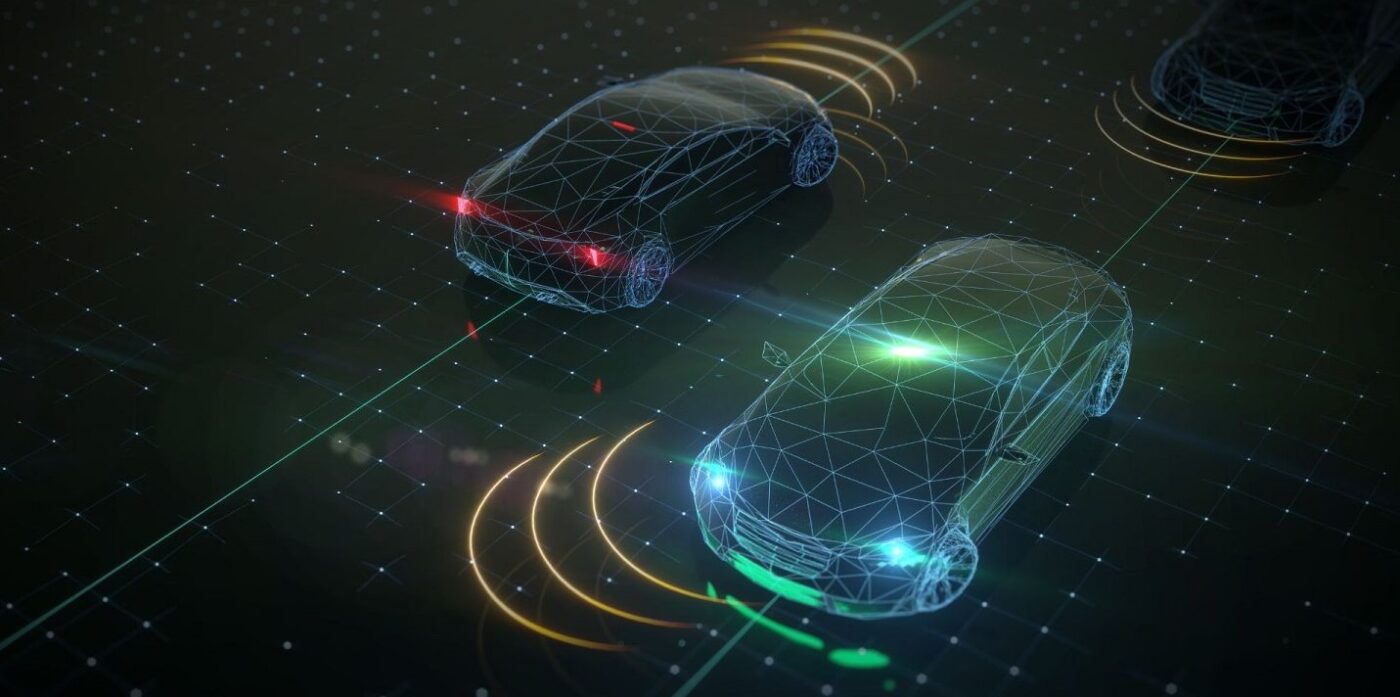Autonomous driving utilizing sensors

There are many potential locations where high accuracy soft, capacitive sensors could be implemented in an autonomous vehicle to improve the experience and safety of autonomous driving. Some possibilities include:
- In the steering wheel, to detect if a driver is becoming drowsy or distracted, and alert them or take control of the vehicle if necessary.
- Under the wheels, to detect if a wheel is properly inflated or if there is a problem with the tire, such as a puncture.
- At the bottom of the trunk, to detect if the trunk is overloaded and help to prevent accidents caused by uneven weight distribution.
- On the vehicle body, to detect if any part of the vehicle is damaged or in need of repair, and alert the driver or maintenance team.
- Inside the car, to monitor the cabin environment and detect the presence of passengers.
- All around the car, to detect the presence of obstacles or other vehicles, and help the vehicle navigate safely.
Additionally, they can be used to detect the force exerted on the vehicle body during a collision, which can provide valuable information for the vehicle’s safety systems. They can also be used to detect the weight and distribution of the load in the trunk or on the bed of the truck, to help prevent accidents caused by overloaded vehicles.These are just a few examples of where capacitive sensors could be implemented in an autonomous vehicle, and there are likely many other possibilities as well.

